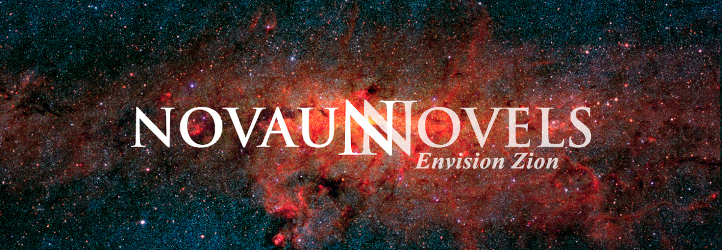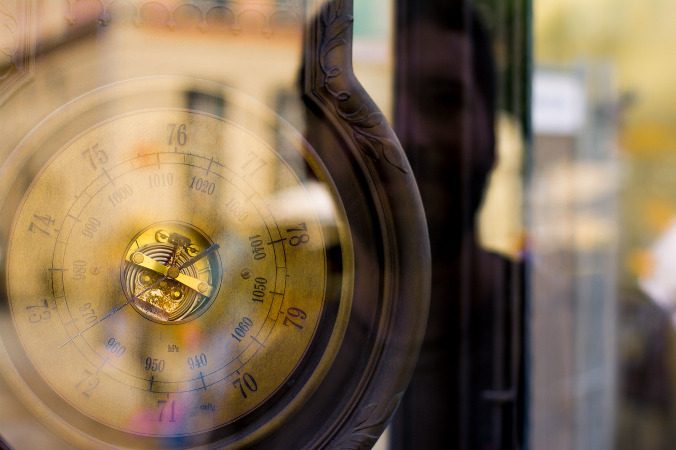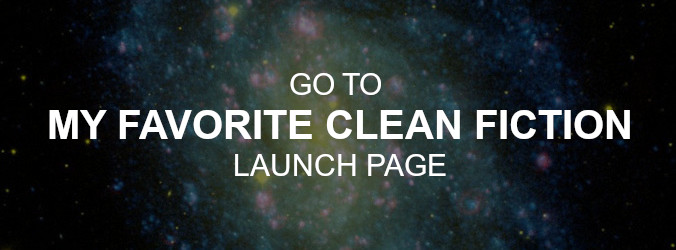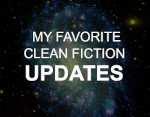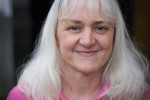Updated 2021
As for the things I look for in the books I read, I can’t think of any better description than the one given by the apostle Paul in Philippians 4:8: “Whatsoever things are true, whatsoever things are honest, whatsoever things are just, whatsoever things are pure, whatsoever things are lovely, whatsoever things are of good report; if there be any virtue, and if there be any praise, think on these things.”
After many years of effort to find books that fit the above description, I began realizing that I was consistently rejecting certain kinds of material. I decided to write the criteria I was using down, both to help others scrutinize their own choices and to provide myself with a barometer. If I can’t bear to reject something I’ve read that doesn’t meet this standard, I have to ask myself why. If I’m completely honest with myself (and this is hard!), I have to admit, almost every time, that I simply like the questionable book too much and that I’m becoming desensitized. Comparing everything I read to this list encourages me to keep my reading material at the level of refinement I want it to be.
This is not a perfect standard, but it is, I believe, realistic and balanced. It isn’t meant to be a hammer to mold everyone’s reading standards into my own; I designed it to be a measuring stick for purposes of evaluation and communication. As a reader using the list, you can rest assured that the books I recommend will, at the very least, follow the particular criteria I have set.
Reject material that:
Contains vulgar situations
- Does the work contain toilet humor?
- Does the work contain sexual humor?
- Does the work seem to wallow in unwholesome subject matter? (I have an extremely low tolerance for this sort of thing, so the books I read have very few, if any, vulgar situations.)
Is full of foul language, either mild or severe
- Am I able to read large chunks of the book without encountering any bad language at all? When it does occur, is it mild and infrequent? (I can’t tolerate more than two or three instances of the Lord’s name taken in vain in a severe way within the scope of a novel; every instance of it grates on me like fingernails scraped over a chalkboard.)
- Does the work contain any f-bombs? (The books I recommend do not contain any f-bombs or the corresponding vulgar gesture.)
Note: While I allow some foul language in the books I read, I don’t use any in my writing. I can’t guarantee that my usage will agree with that of every reader—or that I won’t make mistakes—but I do work hard to use words according to their standard scriptural and dictionary definitions.
Glamorizes or condones sexual relations outside of divinely approved marriage between a man and a woman
- If a primary character engages in sexual relations outside of marriage, does he experience any guilt? Whether he feels guilty or not, does he experience adverse consequences because of what he did? (The adverse consequences may be as simple as unhappiness, feelings of restlessness, or dissatisfaction with the relationship over time.) Does his act affect the people around him and society in general in a negative way?
- If an immoral act is a part of the plot, do I come away from it disgusted? Or do I come away from it feeling glad it happened? Do I come away from it feeling that, while not a good thing, it wasn’t so bad? Do I come away from it feeling that it was a neutral little detail? (Primary characters and plots should never leave me feeling neutral about immorality; when minor characters and plots are involved, use judgment.)
- Is a main character in any way romantically involved with a person other than the spouse? If so, do I come away from the story feeling this was a bad thing, even if no sex was involved and even if the spouse is a jerk?
Depicts nudity and sexual situations
- Does the book use language that puts images of nudity into my mind? (Descriptions of private body parts are not permissible; use judgment when private body parts are merely named.)
- Does the book contain any scenes that put images of sexual encounters into my mind? (Be wary of any “on stage” description of an act—whether the characters are married to each other or not and whether the scene is “graphic” or not—that involves anything more intimate than kissing.)
- Is the topic of sexuality treated in a moral, modest fashion? Or do I come away from the material feeling polluted or curious about matters that should remain veiled? Is the author careful to avoid delving too deeply into a character’s lustful thoughts and feelings?
- Are homosexual relationships and desires portrayed in a restrained way? (Along with the parameters listed above, avoid anything that shows a homosexual character being physically affectionate with another homosexual character.)
Is excessively violent
- How many violent acts occur within the scope of the work? Do I come away from it feeling the number is excessive?
- If a violent act occurs, is compassion shown for the victim, even if the victim is an enemy? (Reject books where the so-called “good guys” exhibit blood-lust. Admirable characters should never take pleasure in killing, even if it is in self-defense or in the line of duty. The only exception to this is when the enemy is some sort of demonic monster, a creature so removed from humanity that no one would ever mistake it for a man or woman.)
- If a violent act occurs, is it shown to have tragic effects on the perpetrator, the victim, those close to the perpetrator and victim, and society in general? Is violence always shown as evil?
- When a violent act occurs “on stage,” does it show more than just a little blood? Or does it focus on the gory details? Does the description seem gratuitous?
Is mean-spirited
- Do the characters constantly criticize each other?
- Are children disrespectful to their parents, teachers, and other community leaders? (I have no tolerance for material that in any way sympathizes with children who yell at their parents and teachers for imposing limits on them.)
- Does the work attack people of different races, nationalities, religions, etc.?
- Does the work contain negative stereotypes? If a character does seem to fit a typical negative stereotype, is he or she drawn with depth? Do I, as the reader, understand what motivates this person? Does the author balance this negative portrayal with other characters of the same race/nationality/group that are admirable and well-drawn?
- Does the work contain disparaging racial language? (Only allow disparaging racial language in books written before our society understood how offensive it is, or in books that recreate historical periods where that type of language was acceptable, and only when the author has created realistic, admirable characters of the race being castigated.)
Is too dark
- Is there some point to the book? Or is it simply a romp in darkness?
- Even if the events of the book are often tragic and the natural consequences of sin are shown, does the book contain hope or some kind of enlightenment? Is the possibility of repentance and redemption explored or at least acknowledged?
- Does the book contain any redeemable, likeable characters?
Note: While I look for stories that dramatize the truth as I understand it, I do love fantasy and recognize the fact that it doesn’t operate under the same rules as other fiction. For example, I believe that Jesus Christ will come to the earth in His glory in the near future. Despite this belief, I can enjoy a novel such as The Time Machine, by H.G. Wells, which details a future I don’t believe could ever happen, because I accept it as fantasy. By the same token, I believe true sorcery and witchcraft are evil and would reject stories in the horror genre that make these activities feel too true-to-life. I would not, however, reject something like Howl’s Moving Castle, by Diana Wynne Jones, which chronicles the escapades of a wacky witch and wizard, because it is so far removed from reality that it’s easy to accept it as fantasy.
The featured image came from Pixabay.
